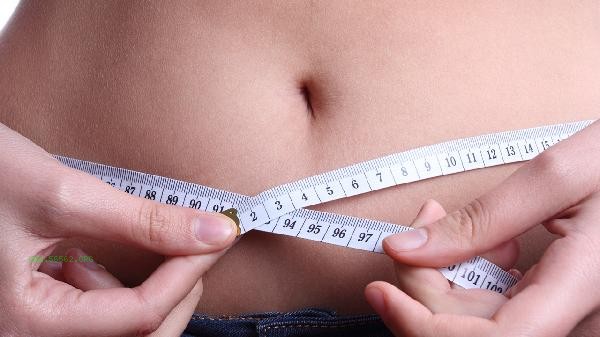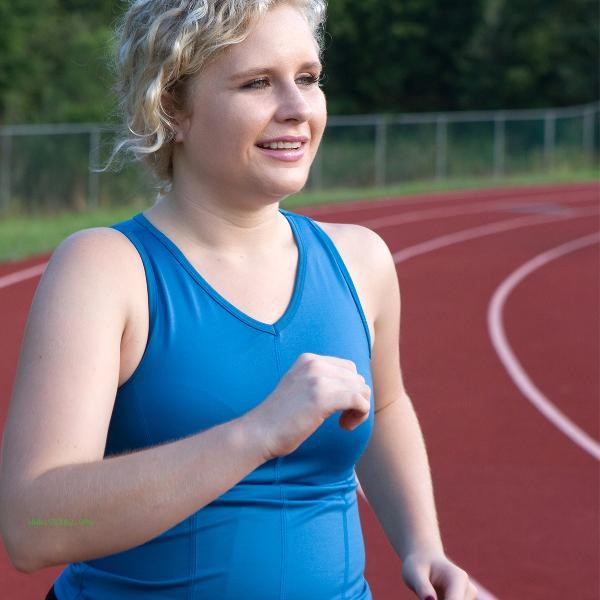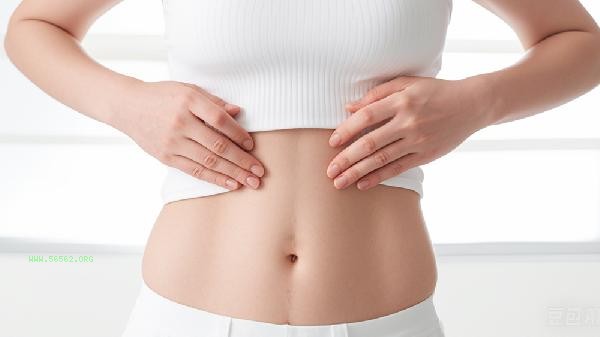During the weight loss period, the menstrual period can be controlled by consuming high protein and low GI foods, dark vegetables, nut seeds, warm supplements, and moderate amounts of whole grains to control calorie intake. There are five main ways to maintain satiety: high protein foods to stabilize blood sugar, dark vegetables to supplement iron, nuts to provide healthy fat, warm foods to relieve discomfort, and whole grains to maintain satiety.

1. High protein and low glycemic index:
High quality protein such as chicken breast, fish, shrimp, etc. combined with low glycemic index staple foods such as brown rice and oats can not only meet menstrual energy needs, but also avoid binge eating tendencies caused by blood sugar fluctuations. Protein digestion consumes high energy and helps improve basal metabolic rate. It is recommended to pair 15-20 grams of protein with each meal.
2. Dark vegetables:
Spinach, amaranth, and other vegetables are rich in non heme iron. Eating them in combination with colorful peppers or kiwi fruits with high vitamin C content can increase iron absorption. The loss of iron during menstruation needs to be replenished in a timely manner. These vegetables generally have a calorie content of less than 50 kcal/100g, and provide dietary fiber to promote intestinal peristalsis.
3. Nut seeds:

20 grams of original almond or flaxseed per day can supplement magnesium to alleviate menstrual pain, and its monounsaturated fatty acids can prolong satiety. Pay attention to choosing additive free products and avoid salt baking or sugar soaking nuts to increase excess calorie intake. Moderate consumption of nuts during menstruation will not affect weight loss progress.
4. Warm and nourishing ingredients:
Traditional warm ingredients such as red dates, longan, and ginger can improve menstrual discomfort for people with a cold constitution, and can be stewed with Tremella fuciformis to make a soup with controllable calories. This type of food contains multiple trace elements, which can reduce the craving for high sugar foods during menstruation. The daily intake should be controlled within 200 grams.
5. Whole grain selection:
Quinoa, black rice and other whole grains retain the germ and bran, and the content of B vitamins is 3-5 times that of refined grains. Replacing white rice with whole grains during menstruation can slow down gastric emptying. 50-75 grams per meal can provide sufficient carbohydrates without causing excess calories.

Menstrual diet should ensure a daily basal calorie intake of 1200-1500 calories to avoid extreme dieting leading to menstrual disorders. It is suggested to choose oatmeal Congee with boiled eggs for breakfast, mixed grain rice and steamed fish for lunch, 10 original cashews for afternoon tea, and mushroom and tofu soup for dinner. In terms of exercise, it is recommended to resume low-intensity training such as brisk walking and yoga three days after menstruation, and supplement 2000 milliliters of warm water daily to promote metabolism. If severe edema occurs, moderate consumption of red bean and coix seed water is recommended, but it should be avoided during peak menstrual periods.



Comments (0)
Leave a Comment
No comments yet
Be the first to share your thoughts!